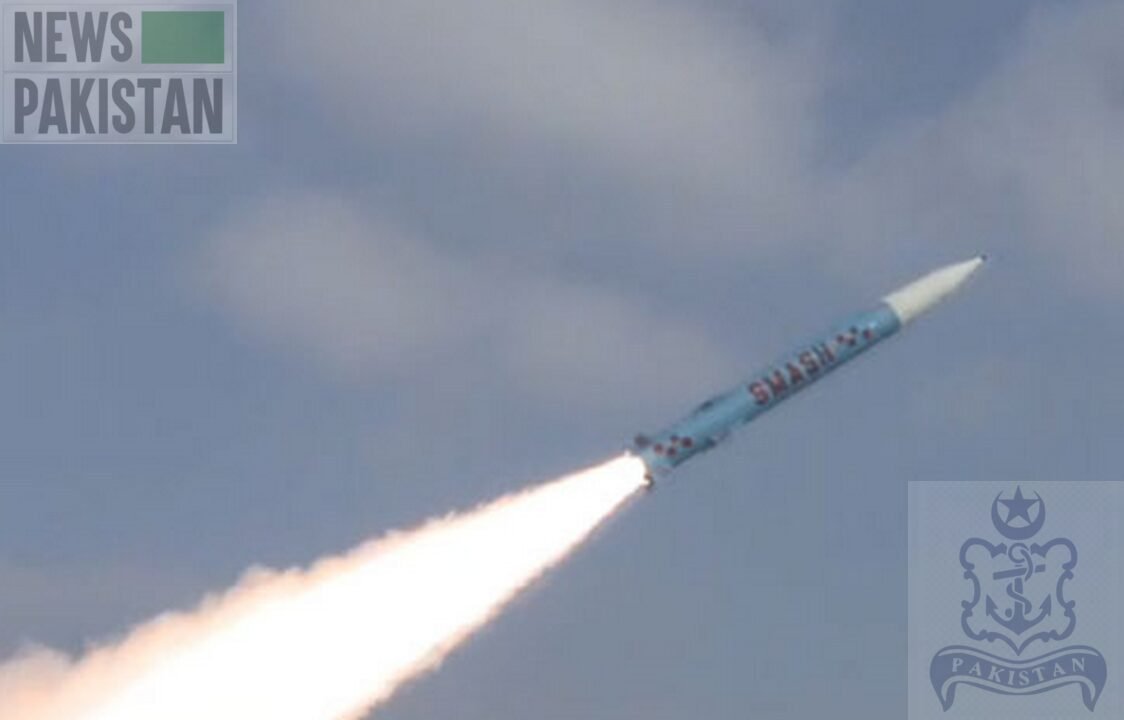Frankfurt am Main: German industrial output and exports surged in June, driven by the country’s all-important car industry, as the economy continued to recover after the shock of the coronavirus pandemic.
Industrial output rose by 8.9 percent month-on-month, compared with 7.4 percent in May, but remains around 11.7 percent lower compared with the same month the year before, according to provisional data issued by German statistics agency Destatis.
Exports rebounded by 14.9 percent month-on-month in June, extending a steady increase of 9.0 percent in May, to 96.1 billion euros, Destatis said.
Germany is recovering faster than initially expected, according to Holger Schmieding, chief economist at Berenberg. “In the absence of a major accident, Germany can recoup at least half the Q2 drop in GDP in Q3 already.”
“Of course, it all depends on the virus and the response to it,” he added.
Although welcome, June’s export figures are still 9.4 percent down on the same month in 2019, and down 16 percent compared with February this year.
With imports of 80.5 billion euros, a rise of 7.0 percent month-on-month, Germany’s foreign-trade surplus rose to 15.6 billion euros, around the same level as a year ago, when it was 16.5 billion euros.
Meanwhile production in the country’s key car industry — which counts giants such as Volkswagen, BMW and Mercedes — jumped 54.7 percent in June compared with the previous month.
Consumer-goods production rose 7.3 percent, while construction output was up 1.4 percent.
“With these strong numbers, some upward revision of the Q2 GDP data should not be excluded,” Carsten Brzeski, economist at ING said.
“All in all, today’s data confirm that at least the rebound after the lifting of the lockdown measures is V-shaped.”
However, the spectre of further COVID-19 restrictions haunts any recovery.
On Thursday, Germany reported more than 1,000 new virus cases for the first time since May.
“The recovery should continue in the coming months but will probably lose momentum and we think output will remain well below normal for a long time yet,” Capital Economics said.
“With all the risks of a second lockdown wave, an increase of permanent unemployment and structural changes to the economy stemming from COVID-19… it is… very unlikely that this ‘V’ (upturn) will last for long,” Brzeski added.
Newspakistan.tv | YouTube Channel











